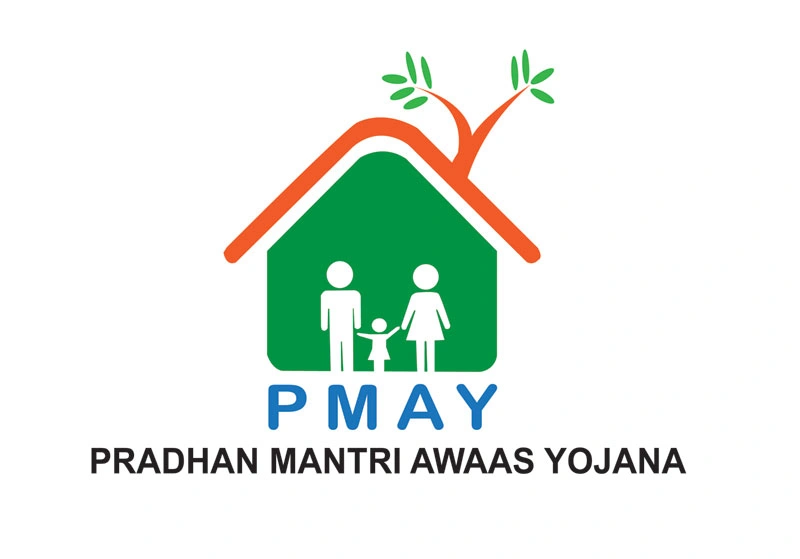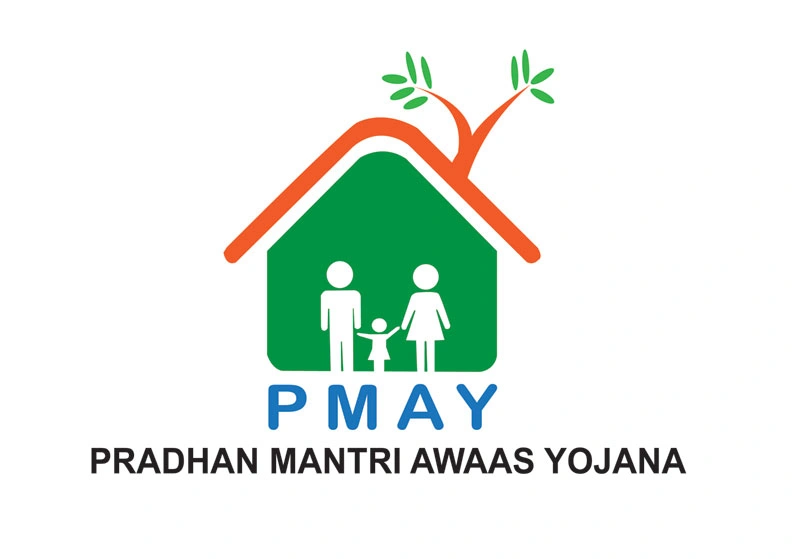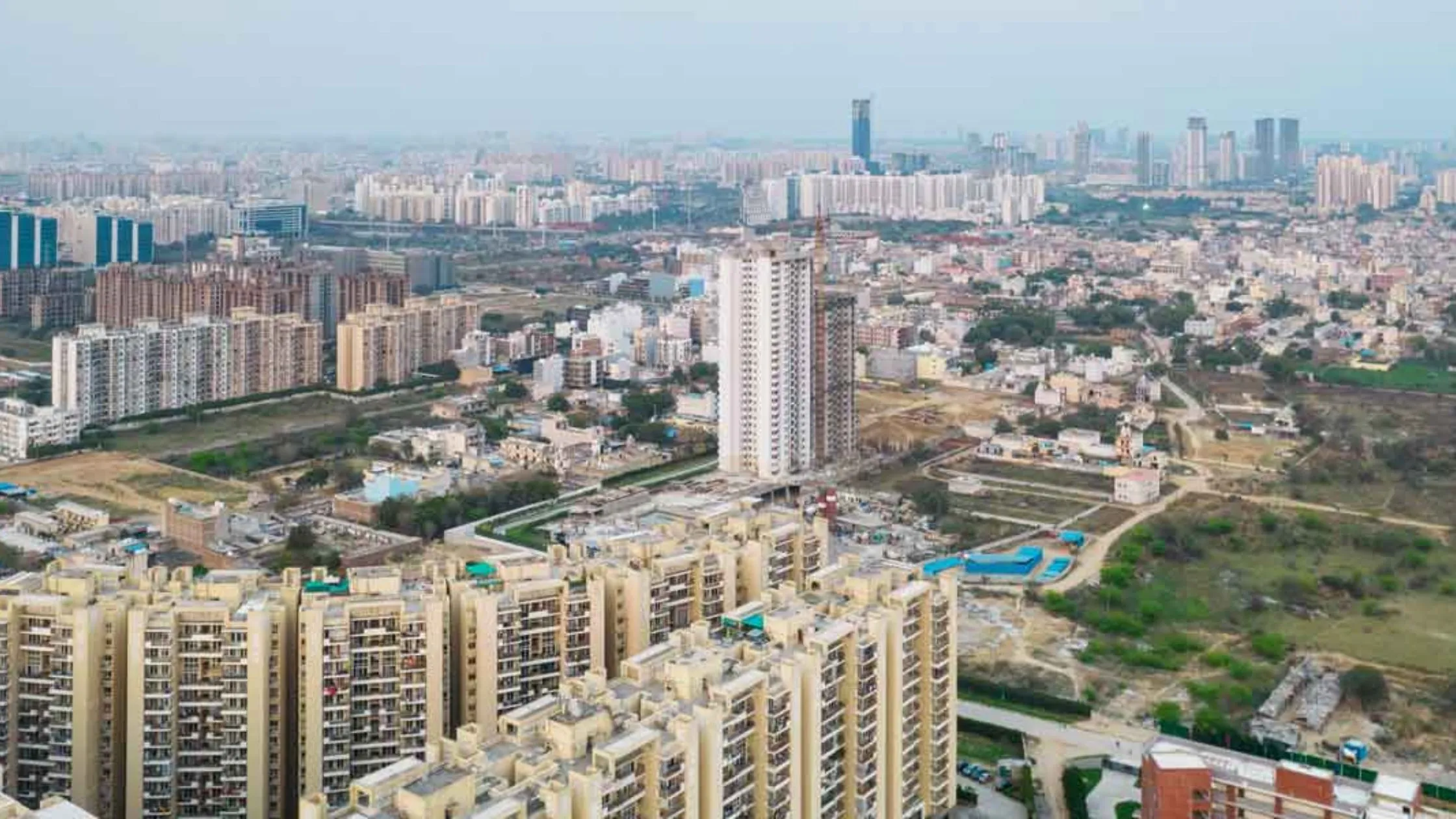Table of Content
- 1. Introduction to PMAY and CLSS
- 2. Eligibility Criteria for CLSS
- 3. Types of Income Groups Covered Under CLSS
- 4. Benefits of CLSS for Homebuyers
- 5. Process for Applying for CLSS
- 6. Documentation Required for CLSS Application
- 7. Subsidy Calculation: How Much You Can Save
- 8. Comparison Table: CLSS Benefits Across Different Income Groups
The Credit Linked Subsidy Scheme (CLSS) is a core component of the Pradhan Mantri Awas Yojana (PMAY), aimed at making housing affordable for different income groups in India by providing subsidies on home loan interest. This article delves into the details of CLSS, how it benefits homebuyers, and what documentation is needed to apply.
1. Introduction to PMAY and CLSS
Pradhan Mantri Awas Yojana (PMAY), launched by the Indian government, aims to provide affordable housing for all by 2022. The Credit Linked Subsidy Scheme (CLSS) within PMAY is targeted at reducing the home loan burden for homebuyers in various income categories by offering interest subsidies on loans taken to acquire or construct a house.
2. Eligibility Criteria for CLSS
To qualify for the CLSS benefits, applicants must meet specific eligibility criteria under the PMAY scheme. Here's a breakdown:
|
Criteria |
Details |
|
Income Category |
Economically Weaker Section (EWS), Lower Income Group (LIG), Middle Income Group I (MIG-I), and Middle Income Group II (MIG-II) |
|
Purpose |
Purchase, construction, or improvement of a house |
|
Property Ownership |
No family member should own a pucca house in India |
|
Woman Ownership |
Mandatory for EWS and LIG categories (exceptions may apply in some cases) |
|
Location |
Urban areas across India |
Also Read: PMAY or Pradhan Mantri Awas Yojana Eligibility Criteria 2023
3. Types of Income Groups Covered Under CLSS
The CLSS component of PMAY is designed to benefit four primary income groups:
- Economically Weaker Section (EWS): Annual household income up to ₹3 lakh.
- Lower Income Group (LIG): Annual household income between ₹3 lakh and ₹6 lakh.
- Middle Income Group I (MIG-I): Annual household income between ₹6 lakh and ₹12 lakh.
- Middle Income Group II (MIG-II): Annual household income between ₹12 lakh and ₹18 lakh.
Each income category enjoys different subsidy rates, loan limits, and interest rate subsidies, as detailed in the table below.
4. Benefits of CLSS for Homebuyers
The Credit Linked Subsidy Scheme offers multiple advantages for eligible homebuyers:
- Reduction in Loan Interest Rates: The interest subsidy ranges from 3% to 6.5%, significantly lowering the loan burden.
- Extended Loan Tenure: CLSS allows for a loan tenure of up to 20 years, making EMIs more affordable.
- Increased Loan Amount: Higher income groups under MIG categories can avail larger loan amounts, making this scheme suitable for various housing projects.
5. Process for Applying for CLSS
Applying for the CLSS subsidy involves a step-by-step process:
- Eligibility Check: Confirm your eligibility under one of the four income categories.
- Selection of Lender: Choose a lender registered with PMAY (typically banks and housing finance companies).
- Submission of Application: Fill out the CLSS application form provided by your lender.
- Verification Process: The lender will conduct background and credit checks.
- Subsidy Calculation: Once verified, the subsidy amount is calculated based on the loan amount and interest rate.
- Disbursement: The lender credits the subsidy amount to the loan account, reducing the loan principal.
Also Read: Pradhan Mantri Awas Yojana (PMAY): EWS, LIG, MIG I & II के लिए लाभ
6. Documentation Required for CLSS Application
To ensure a smooth application process, prepare the following documents:
|
Document |
Purpose |
|
Proof of Identity |
Aadhar Card, PAN Card, or Passport |
|
Proof of Income |
Salary slips, IT returns, income certificate |
|
Property Papers |
Sale agreement, NOC from builder |
|
Declaration of Income Category |
Self-attested affidavit for income group |
|
Loan Application Form |
Filled with personal and loan details |
7. Subsidy Calculation: How Much You Can Save
The interest subsidy is applied based on income group, and it reduces the effective loan principal. Here’s a look at the savings:
|
Income Group |
Interest Subsidy Rate |
Maximum Loan Tenure |
Maximum Subsidy Amount |
|
EWS |
6.5% |
20 years |
₹2.67 lakh |
|
LIG |
6.5% |
20 years |
₹2.67 lakh |
|
MIG-I |
4% |
20 years |
₹2.35 lakh |
|
MIG-II |
3% |
20 years |
₹2.30 lakh |
Example Calculation:
For an applicant in the MIG-I category, if the loan amount is ₹9 lakh, the 4% subsidy over a tenure of 20 years can save up to ₹2.35 lakh in total interest.
8. Comparison Table: CLSS Benefits Across Different Income Groups
This table provides a comparative summary of the benefits available under each income group:
|
Income Group |
Maximum Annual Income |
Loan Amount Eligible for Subsidy |
Subsidy Rate |
Maximum Subsidy |
|
EWS |
Up to ₹3 lakh |
₹6 lakh |
6.5% |
₹2.67 lakh |
|
LIG |
₹3-6 lakh |
₹6 lakh |
6.5% |
₹2.67 lakh |
|
MIG-I |
₹6-12 lakh |
₹9 lakh |
4% |
₹2.35 lakh |
|
MIG-II |
₹12-18 lakh |
₹12 lakh |
3% |
₹2.30 lakh |
The Credit Linked Subsidy Scheme (CLSS) under PMAY is an effective way to reduce home loan burdens by offering significant interest subsidies to eligible income groups. The scheme’s straightforward application process, combined with substantial savings, makes home ownership more accessible across India.
Also Read: How to Apply for PMAY Online 2024: A Complete Guide


 (2) (1) (1)_1732086657.webp)








Ans 1. The maximum loan amount varies by income group, with EWS/LIG eligible for up to ₹6 lakh, MIG-I up to ₹9 lakh, and MIG-II up to ₹12 lakh for interest subsidies.
Ans 2. No, CLSS is intended for first-time homebuyers who do not own a pucca house in India.
Ans 3. The last date for MIG categories was March 2021, but EWS/LIG groups may still apply, subject to government updates.
Ans 4. The subsidy is credited directly to your loan account, reducing the principal, thus lowering EMI payments.
Ans 5. Selling the property might make you ineligible for further subsidies, depending on lender policies and PMAY guidelines.